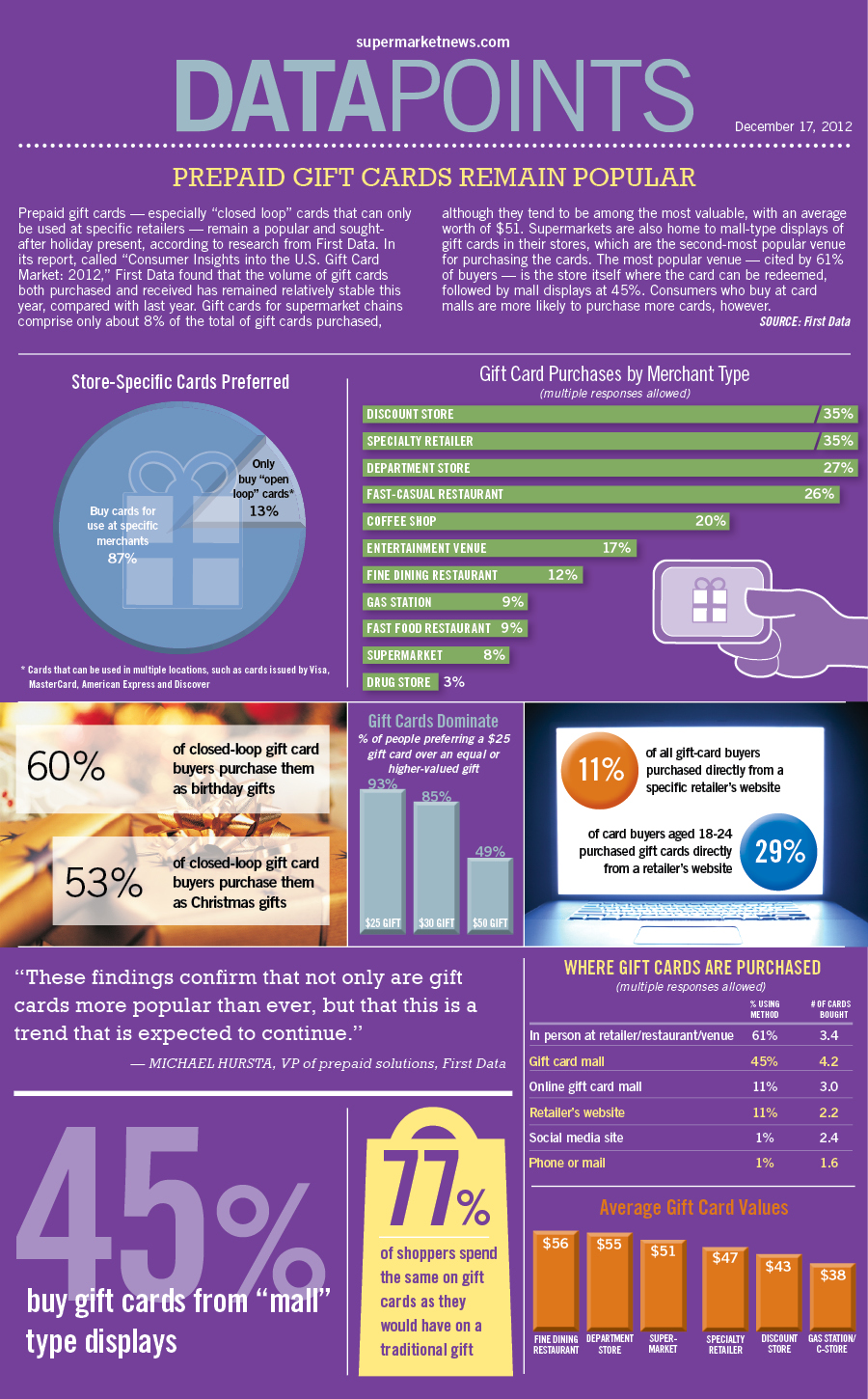Engraved glass awards evoke an unwavering spirit of dedication and excellence. They foster a culture of acknowledgment that goes beyond ordered borders.
Wheel engraving is shown on a cup most likely made in the 1700s covered with intricate Chinese-style motifs. These themes revealed obligation to the Jacobite reason. This is a remarkable example of exactly how imported Oriental items affected European design trends.
Origins
As glassmaking ended up being a lot more innovative, engravers realised that a design added to a piece of glass transformed it from practical right into preferable. They trying out a selection of scratching, abrading and cutting techniques.
The most competent engravers generated great thorough job. Anna Roemers Visscher, that was a glass cutter and engraver, was renowned for her delicate flowers, inspired by the natural history books popular in her time.
Engravers also carved fine linework into glass. By the end of the 17th century, engravers had begun to abandon linear clarity in favour of crosshatched chiaroscuro impacts. One of the earliest examples is tape-recorded on a jug by a Rotterdam engraver who signed his deal with a doodled flexibility and vigour that lifted it above the rest.
Inscribing remained to be a preferred strategy, although it was significantly overshadowed by cut glass and brand-new strategies such as etching, which was more affordable than inscribing. Nonetheless, economic pressures after c1905, along with decreasing high quality of cut glass, saw an increase in the popularity of engraved glass, known as rock crystal.
Techniques
Glassmakers used a variety of techniques to mark or decorate the surface area of a vessel, usually incorporating various approaches. One method called stipple inscription, for instance, utilizes a point of tungsten or diamond to make small dots on the glass surface area which develop contrasting white lines when light sparkles with them.
Personalized glass awards are cherished for their elegance and prestige. They reflect the deep esteem and regard that firms hold for their workers and promote a culture of excellence.
The translucency of glass personifies the openness and sincerity of business recognition, encouraging receivers to analyze their accomplishments and reflect on their journey in the company. In addition, the capability of engraved glass to display personalized message and images enables the creation of highly one-of-a-kind and purposeful honors that evoke the sense of click here greatness related to this exceptional material.
Styles
From the sleek lines of company honors to the etched text on glass prizes, etched crystal is a stylish symbol of acknowledgment. Whether shown on someone's desk or maintained as a memento, these customized pieces share a feeling of status and professionalism and reliability that is difficult to locate in other materials.
The design of engraved glass has transformed gradually to reflect changing preferences and technological advances. The old method of copper-wheel engraving has actually defied forecasts of obsolescence, and brand-new techniques like etching are taking control of where stippling when held sway.
The earliest diamond-point engraving, of the 16th century, is tight and formal. It progressively ended up being much more flexible and pleasing, however might easily deteriorate into over-elaboration. In the 19th century Thomas Webb & Sons presented "rock crystal" with deep cutting and copper-wheel inscription, which imitated deluxe vessels cut of rock crystal in Europe and the Orient (see Ewer by Webb & Sons). The firm's major engravers were Bohemian immigrants Frederick Engelbert Kny and William Fritsche, that signed their collaborate with a monogram G.
Definition
Personalized glass was expensive and searched for. This was since it entailed the most requiring glass refining method and depended on the accuracy and effort of a knowledgeable craftsman. The acme of etching came in the 17th century and was quite a part of the Baroque and Rococo periods.
Throughout this time, personalized goblets could be made use of to communicate messages of social standing. They would present family crests and political obligations. They could additionally display one's preference for the most recent style and design fads.
Today, engraved glass is still a crucial art form. Nonetheless, advances in modern technology and laser technology have structured the process and made it a lot more specific. The resulting intricate layouts are both stunning and long lasting. Moreover, brand-new types of glass have actually been developed to react better to lasers. This has actually expanded the opportunities for artists and designers. It additionally reduces the ecological impact of the procedure. For example, optical crystal is a superb choice for personalized awards since it is clear and mirrors light well.
